Bambino: Cat Breed Profile, Characteristics & Care
The bambino cat (Italian for “baby”) is a controversial new breed that crosses the hairless sphynx with the short-legged munchkin, often bearing the general appearance of a sphynx atop shockingly short legs.
The controversy surrounding this breed stems from the concern that deliberately-bred short-limbed cats are vulnerable to health problems and pain due to their anatomical abnormality. In addition, the sphynx breed carries its own set of hereditary issues and is prone to skin damage from the sun. For these reasons, the breed is considered "experimental" and is discouraged by the Cat Fanciers' Association.
Learn more about the bambino cat, including their care needs and temperament.
Breed Overview
Personality: Affectionate, active, and playful but not overly energetic
Weight: Up to 9 pounds
Length: Up to 17 inches
Coat Length: Hairless
Coat Colors: Black, white, cream, brown, fawn
Coat Patterns: Solid, pointed, shaded, bicolor
Eye Color: Blue
Lifespan: Up to 12 years
Hypoallergenic: Yes (somewhat)
Origin: United States
Bambino Cat Characteristics
The bambino is affectionate and full of character, enjoying the company of their family and reluctant to be alone for very long. This small-to-medium-sized cat enjoys playing but doesn't need too much exercise.
Because they are hairless, the bambino is more vulnerable to injuries than other cats and should be protected from other pets' bites or scratches as well as excessive sun exposure (even through windows), which might burn the bambino's delicate skin.
| Affection Level | High |
| Friendliness | High |
| Kid-Friendly | High |
| Pet-Friendly | High |
| Exercise Needs | Medium |
| Playfulness | High |
| Energy Level | Medium |
| Intelligence | Medium |
| Tendency to Vocalize | High |
| Amount of Shedding | Low |
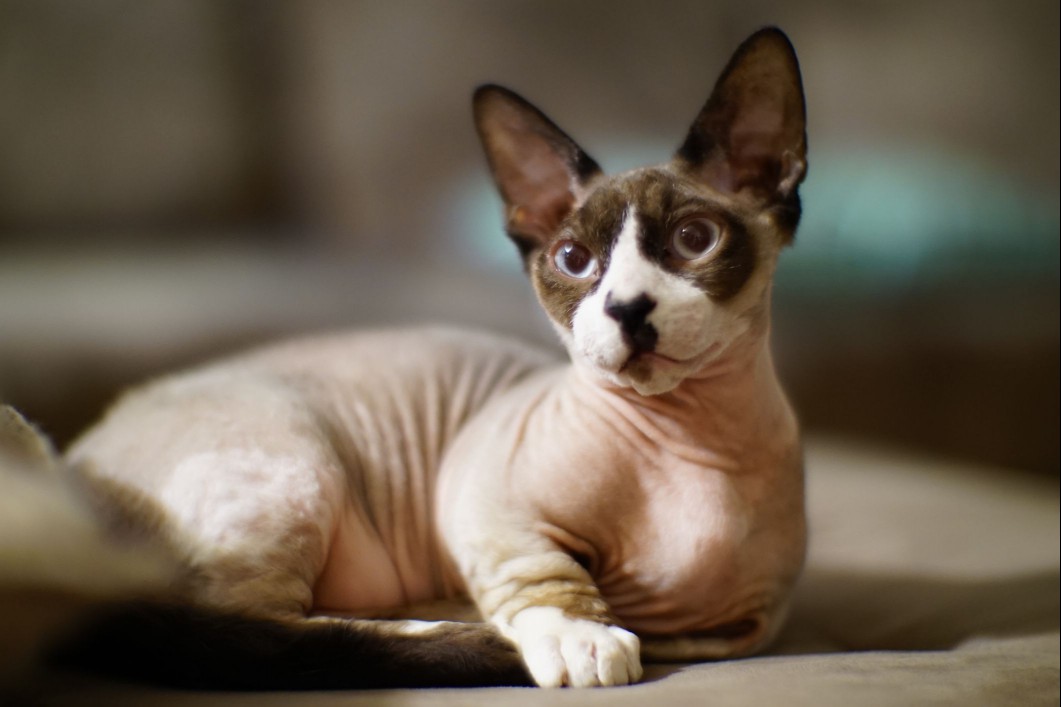
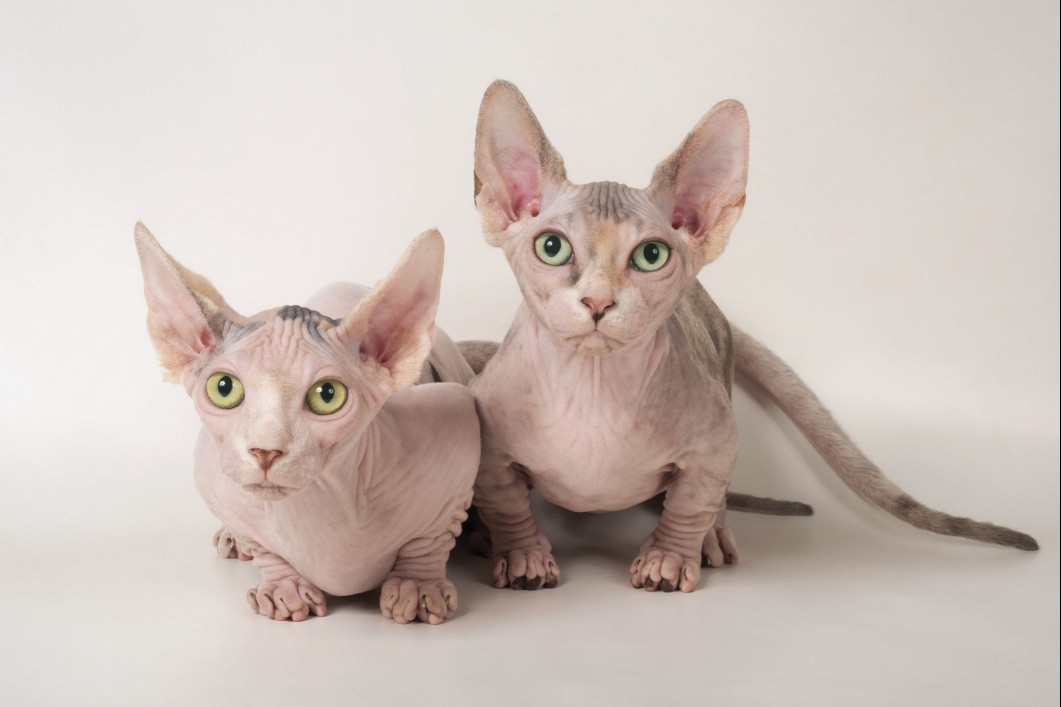
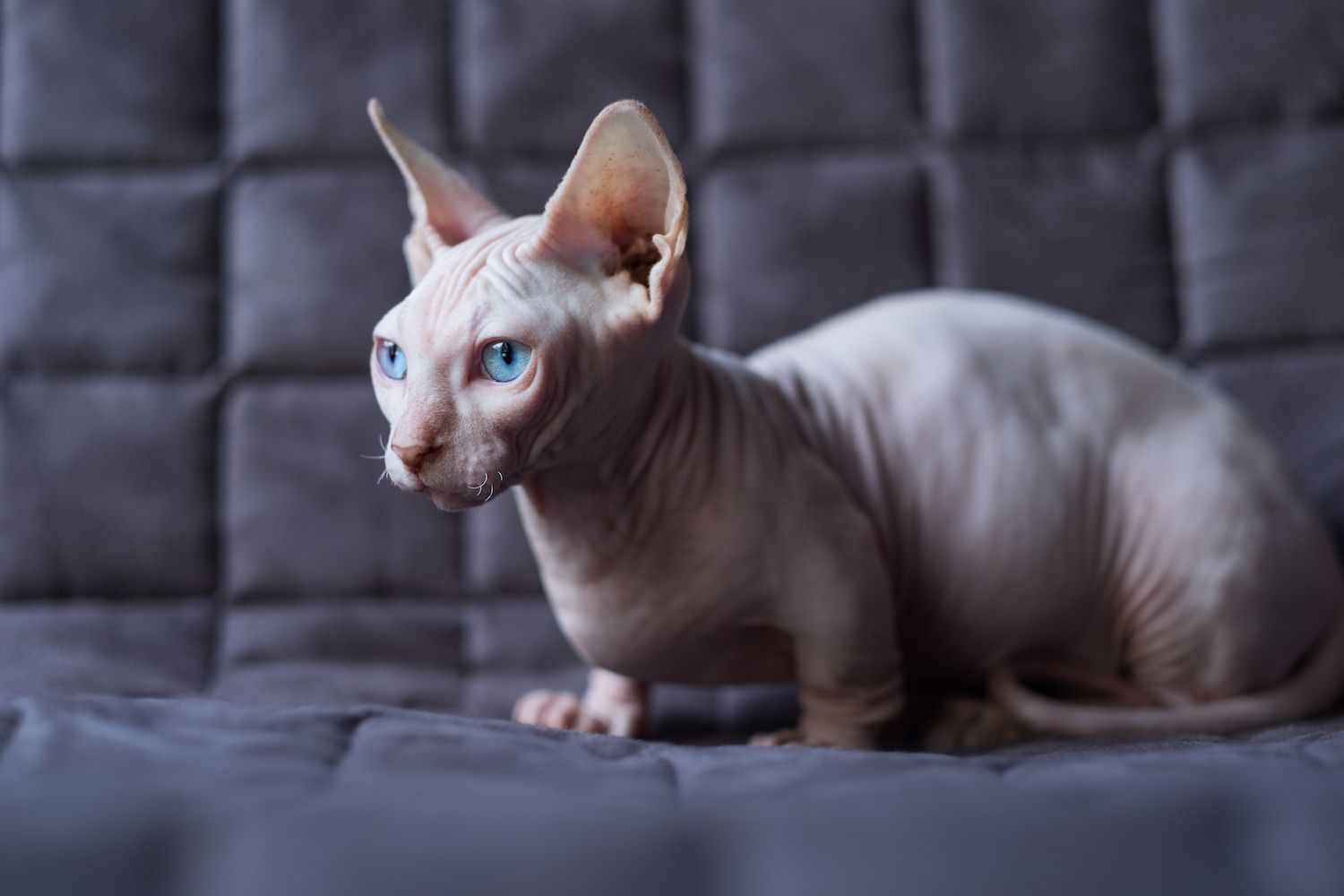
History of the Bambino Cat
The bambino breed was launched in 2005 by Stephanie and Pat Osborne, owners of the Holy Moly Cattery in Arkansas, which is no longer in operation. The Osbornes bred sphynx cats, carrying the recessive hairless gene, with munchkin cats that carried the dominant short-legged gene. They called the new breed bambino (the Italian word for "baby").
The International Cat Association (TICA) recognized the bambino as an "experimental" breed in 2006. But, neither the Cat Fanciers' Association (CFA) nor the American Cat Fanciers Association (ACFA) will allow the breed's registry because they don't want to encourage the propagation of genetic abnormalities for aesthetic reasons.
The intentional breeding of genetically disfigured cats like the short-legged bambino and munchkin is a controversial and divisive practice among cat professionals, veterinarians, and the public. Even so, the bambino appears to be gaining popularity as a "fad" breed.
Bambino Cat Care
Bambino cats enjoy homes with gentle children and pets, as they are sociable and friendly, but care must be taken to protect bambinos' delicate skin from injury when playing. Also, with a bambino, there are certain things you need to worry about that you wouldn’t think about with a cat that has a full coat—for example, bambino cats get cold easily and and are susceptible to sunburn.
Grooming
Some people are attracted to the bambino for their hypoallergenic potential, but no cat is completely hypoallergenic, and the bambino still produces some dander that may irritate sensitive individuals. Surprisingly, the slight "down" of the bambino's coat also needs more care than most people think.
Because they lack a normal coat of fur, bambinos' skin tends to be oily, making them more susceptible to skin problems like bacterial or fungal infections. Regular bathing and gentle wipes with a moist cloth will help keep their skin and downy coat clean.
As is the case with any cat, a bambino should have their nails trimmed regularly. You should also check their ears to ensure they’re clean and healthy. And you can brush your cat’s teeth to help keep their teeth and gums clean and healthy.
Exercise
Despite their short legs, bambinos are known for being energetic and surprisingly agile. They enjoy playing with toys and having other forms of kitty enrichment around their home.
Their shorter legs can tire more easily than other cats' legs, so they don't need tons of exercise, but they still like to scratch and climb on low cat trees (jumping from high surfaces is not a good idea and shouldn't be encouraged).
Bambinos are likely to get sunburned outdoors. If you do take your bambino outside, use a vet-approved feline sunscreen (human sunscreen is toxic to pets) or avoid direct sunlight for more than a few minutes. Cold weather is also dangerous for this hairless cat, and their skin can get injured more easily on brambles or sticks. Overall, bambinos are best suited to an indoor lifestyle.
Common Health Problems
Because the bambino is such a new breed, the extent of their genetic health problems is not yet known. However, it is safe to assume they may be prone to issues that affect both the sphynx and munchkin breeds. These include:
- Lordosis: This condition can occur in any cat, but it is more prevalent in the munchkin. It involves the spine excessively curving inwards, putting pressure on vital organs. It can be fatal in some cases.
- Pectus excavatum: This is another condition seen in munchkins. The breastbone caves in, causing various issues including respiratory problems, loss of appetite, and weight loss.
- Hereditary myopathy: This condition of generalized muscle weakness affects sphynx cats.
Appearance
The bambino cat’s wrinkly skin will be hairless or showcase peach fuzz. Their skin can be various colors, such as white, black, brown, fawn, and cream, and they can even showcase patterns like solid, bicolor, and pointed. This contrasts beautifully with their big blue eyes.
Bambino cats also have large ears and a long face. They have a long, thin tail and a long, lean body, but their short legs keep them low to the ground.
Diet and Nutrition
All cats need to be fed a quality diet, and the bambino will be no exception. They are obligate carnivores, and their food needs to be a high-protein one specifically developed for cats.
In addition, it's important to offer measured portions at scheduled meal times (twice per day) so that the bambino does not become overweight, which puts extra pressure on the spine and increases the likelihood of developing feline diabetes.
Where to Adopt or Buy a Bambino Cat
Bambino cats are rare, so you may encounter waiting lists or need to travel to buy a kitten. They’re also pricey, averaging from $1,800 to $3,000.
Because of the rarity and increasing popularity of the breed, watch out for unscrupulous "backyard" breeders with less-than-ethical practices that seek to take advantage of the market. Kittens from these breeders are more likely to be inbred or carry undocumented health problems.
Some reputable sphynx breeders also specialize in bambino cats, so they are a great resource when looking for a bambino kitten.
Bambino Overview
Bambinos are known for being very playful and affectionate. They love to be surrounded by company and may become depressed if left alone for more than a few hours. Their skin requires more care than the average cat because of its tendency toward oiliness. Otherwise, the bambino is a fairly low-maintenance cat that is well-suited to indoor life.
Pros of Bambino Cats
- Playful and affectionate
- Minimal dander (somewhat hypoallergenic)
- Moderate energy level
Cons of Bambino Cats
- Controversial breed due to genetic deformity
- Skin is easily injured
- Downy coat and skin need regular bathing
More Cat Breeds and Further Research
If you’re interested in similar breeds, check out:
- Siamese
- Birman
- Donskoy
Otherwise, check out all of our other cat breed profiles.
- Are bambino cats legal to own?
It is legal to own a bambino cat, but the Cat Fanciers' Association (CFA) discourages ownership and breeding because it is unethical to propagate genetic characteristics (short legs and hairlessness) that impair a cat's ability to function naturally.
Do bambino cats like to be held?Bambino cats have relatively low activity levels and like to cuddle, so being held is just fine—as long as care is taken not to scratch their tender skin.
How much does a bambino cat cost?A bambino kitten from a reputable breeder can cost between $1,800 and $3,000 due to the breed's new status and rarity.
RECOMMENDED NEWS

Do Fixed Cats Still Have the Urge To Mate?
Many cat owners wonder if their neutered or spayed cat will still have the urge to mate o...

How to Express Your Cat's Anal Glands
Expressing your cat's anal glands may need to be a routine practice especially if you...

How to Burrito a Cat and Avoid Feline Fussiness
Have you ever tried to handle your cat only to have it turn into a wiggly ball of claws a...

Coronavirus in Cats
Feline coronavirus (FCoV) is a common multi-strain virus that affects cats. It rarely cau...

American Shorthair: Cat Breed Profile, Characteristics & Care
The American shorthair is a medium-sized cat with a gentle nature, making them a great co...

Ocicat: Breed Profile, Characteristics & Care
The ocicat is a wild-looking feline with domestic origins, bred from a combination of Aby...
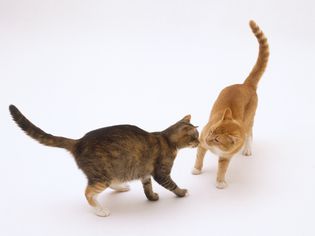
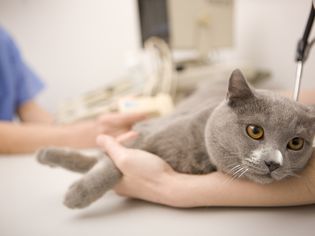
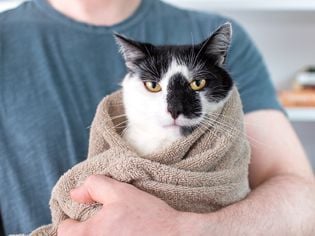
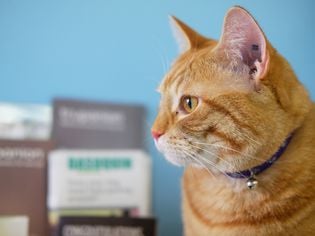
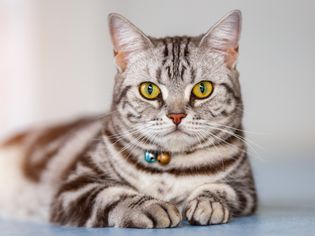
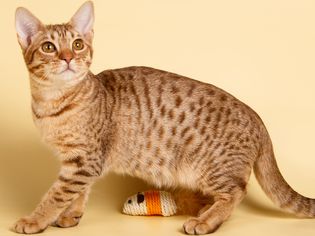
Comments on "Bambino: Cat Breed Profile, Characteristics & Care" :